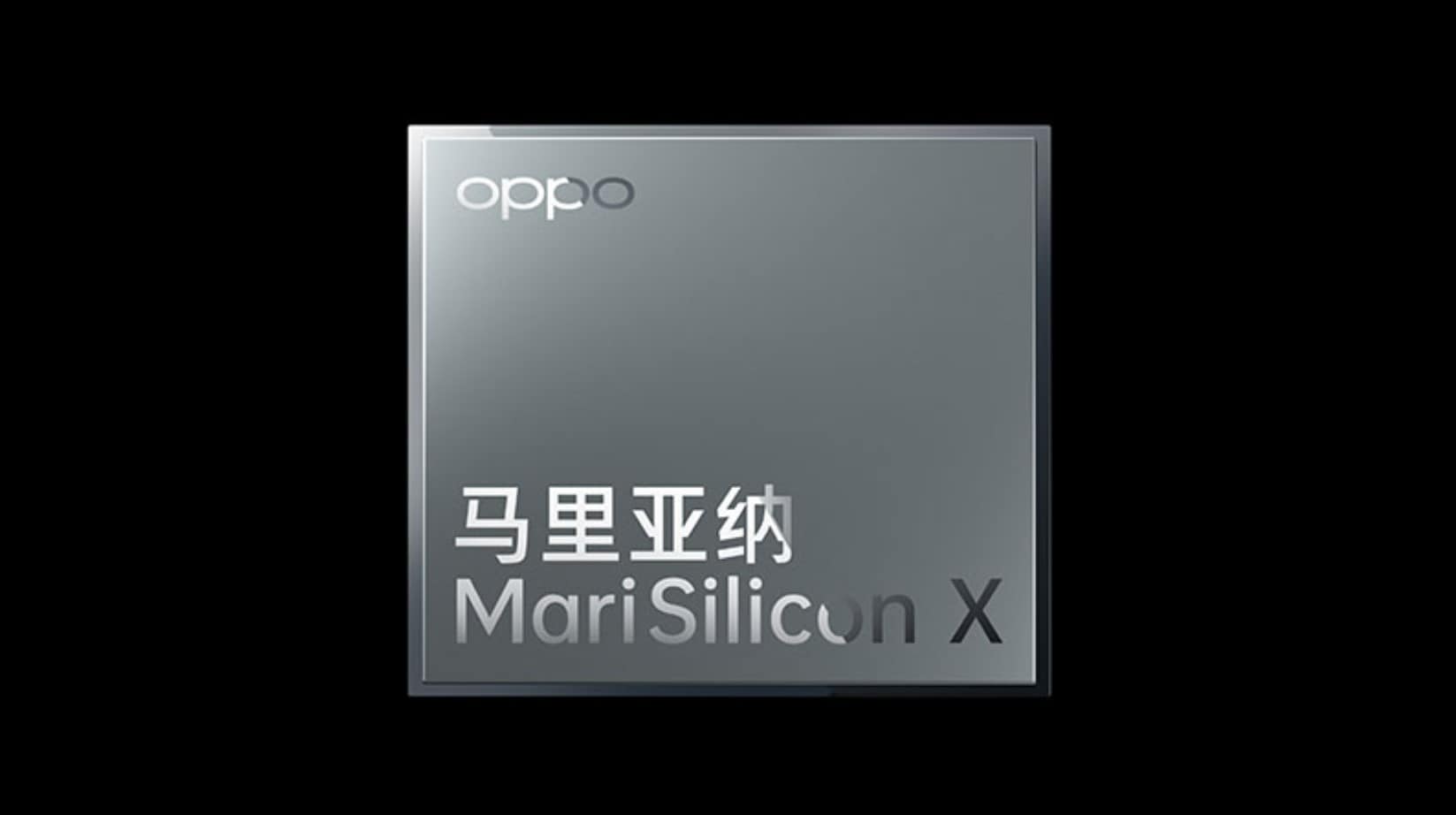OPPO announces MariSilicon X, its first ever self-developed imaging chip
2 min. read
Updated on
Read our disclosure page to find out how can you help MSPoweruser sustain the editorial team Read more

At OPPO INNO DAY 2021, OPPO today revealed MariSilicon X, its first self-designed imaging chip. MariSilicon X is built on 6nm process technology to deliver superior performance with great power efficiency. This chip enables 20-bit ultra-high dynamic range, real-time RAW processing, Enhanced RGBW Pro Mode, 4K AI Night Video, and live preview.
Also, check out the new OPPO Find X5.
Highlights of MariSilicon X:
- With a stunning power efficiency of 11.6 TOPS per watt, the NPU delivers top-level performance without draining the battery.
- MariSilicon X has a dedicated DDR with extra bandwidth of up to 8.5 GB/s.
- When running OPPO’s AI Noise Reduction Algorithm, MariSilicon X can achieve up to 20x faster performance compared with OPPO Find X3 Pro.
- MariSilicon X can capture 4K AI Night Video by applying complex enhancements to each frame in real-time.
- MariSilicon X has a powerful ISP that enables images to be captured with an incredible 20bit 120db dynamic range – 4x greater than that of Find X3 Pro. It gives images a contrast ratio of 1,000,000:1 between the brightest and darkest areas of the image, better keeping images true to life.
- By processing original imaging data, MariSilicon X can achieve an 8dB signal-to-noise ratio for images, opening up a whole new world for computational photography.
- Using Dual Image Pipeline design and double raw super sampling, MariSilicon X also unlocks the full potential of OPPO’s RGBW sensor, supporting the separation and fusion of RGB and White signals to deliver a 8.6dB improvement in signal-to-noise ratio and a 1.7x improvement in texture quality.
The Find X Series coming in Q1 2022 will be having this MariSilicon X chip.
Source: OPPO








User forum
0 messages